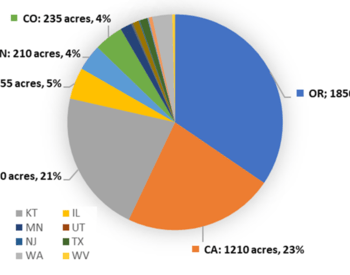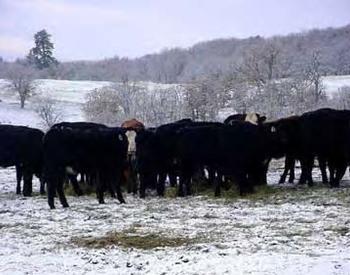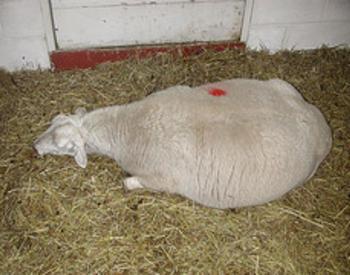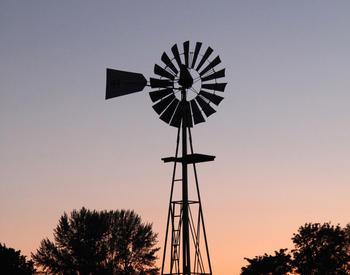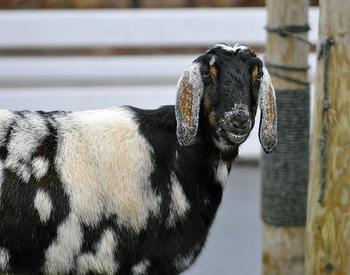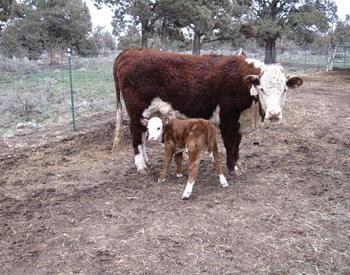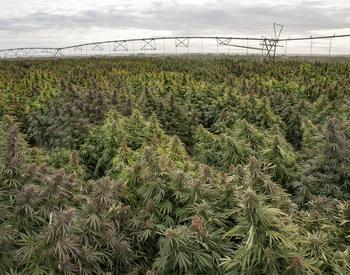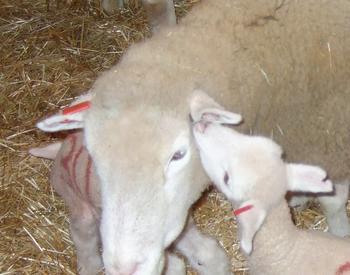The hemp biomass left over after extraction for cannabinoids (spent hemp biomass) shows potential as a livestock feedstuff. Byproduct feedstuffs are attractive to livestock producers, as they often cost less than traditional livestock feeds such as corn (in silage or grain form). Of course, byproduct feedstuffs also need to contribute nutrients to the diet.
From the handful of spent hemp biomass samples that have been analyzed so far, it looks like a pretty good option. The protein content appears to be similar to alfalfa (~22-25% on a dry matter basis). The overall relative feed value (a calculated index value) seems to be superior to that of good-quality alfalfa hay, and there appear to be higher energy and lower fiber values compared to alfalfa, as well.
Another potential advantage to feeding spent hemp biomass is its availability. Hemp production and processing are widespread throughout the state. Livestock producers may be able to source spent hemp biomass nearby, which is good for minimizing transportation costs.
There are also some potential drawbacks, however. In feeding trials conducted at OSU, palatability was not very good among the lambs and dairy cattle on the spent hemp biomass diets, although they performed well. They ate it (at 10% of their diets) but not with enthusiasm. More importantly, the Food and Drug Administration has not yet permitted feeding hemp to food animals. We hope that, with data produced from our study and others, the FDA may change its position and release guidelines for feeding hemp to livestock.
To add to our body of knowledge, we have collected spent hemp biomass samples from hemp processors around the state. These samples differ in where they were grown, variety, the extraction process, parts of the plant and other variables.
We will run nutritional and cannabinoid analyses on these samples to get a handle on the range and diversity of the nutritional quality. If the FDA permits the feeding of hemp, our livestock producers will already have some idea of how spent hemp biomass might fit into their animals’ diets.



